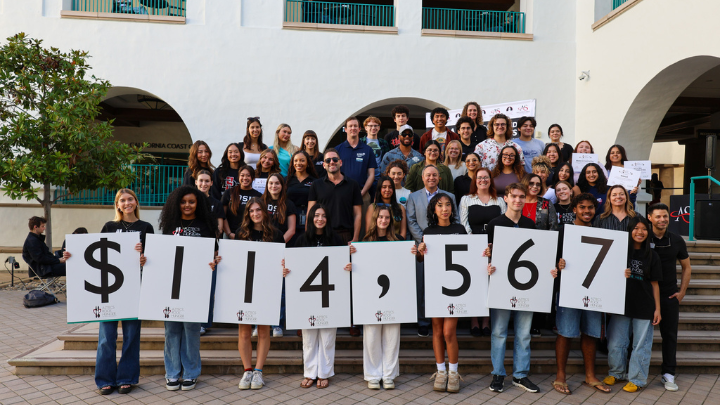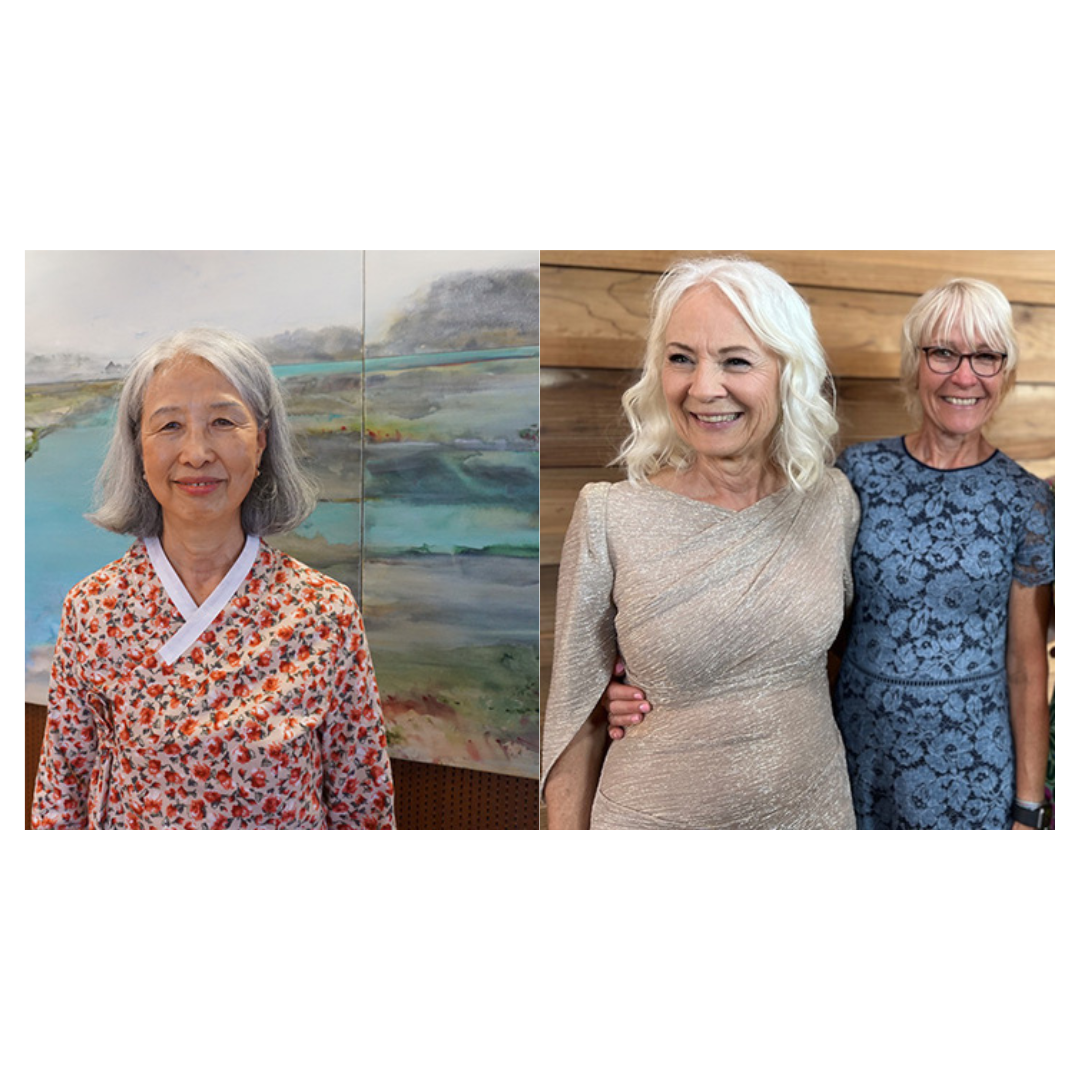Anthropology After Dinner
How one professor used store-bought rotisserie chickens to guide students through a virtual lab study of avian anatomy.
The scent of roasted chicken fills the air in many supermarkets across San Diego. Most are bound for the dinner table, however these rotisserie favorites became the plat du jour for archaeological bone analysis in a San Diego State University anthropology class.
With anthropology labs closed this fall due to COVID-19, assistant professor Nicole Mathwich had to wing it, so to speak, with a lab module on avian osteology in her zooarchaeology methods class.
For the assignment, students were given instructions to bring home a rotisserie chicken, and told how to remove as much meat as possible to clean the bones, with or without heat. “They did not have to eat the chicken (although many did). Students then had to take photos and upload a labeled slide show,” Mathwich said.
“At first, I thought it was a very questionable thing to have your lab students do,” said student Alysa Ransom. “But after completing the assignment I was very happy professor Mathwich had us do it. To be able to see bones up close was almost a breath of fresh air from looking at 3D models online. It also helped with the understanding of the material and showed just how different perfect models look from the real thing.”
Anthropology 583 is one of the “methods” courses offered by the department. Lab classes are an integral part of training archaeology students for careers in cultural resource management, museum curation, and education, but in a semester of mostly virtual classrooms, adjustments were needed and professors have gone above and beyond the call to provide students with quality educational experiences.
In this case, the subject is the field of zooarchaeology, the study of non-human remains from archaeological sites. Through the methods course, students receive training in vertebrate osteology to identify archaeological animal bone fragments and perform zooarchaeological data analysis.
“Training students to study zooarchaeology in a digital setting presents a variety of challenges,” Mathwich said. “Normally, I have actual animal skeletons for students to touch and study, but the pandemic has thrown a wrench into that standard anatomy practice. While I've been using 3D scans to teach the major landmarks on different animal bones, nothing compares to hands-on practice.”
Poultry reading
Student Gina Dee was surprised by the relative convenience in acquiring a home-based anatomy lesson. Because grocery store chickens are small and not fully developed, the bones are very delicate. “I admit, I panicked a bit while I watched the ribs and carpometacarpus fall apart before my eyes,” Dee said.
Another student, Jonathan Hall, said “What surprised me was how museum-quality the bone specimens looked after I processed them. This may have been due to my decision to use hydrogen peroxide instead of bleach, but I'm still satisfied by what I was able to salvage.”
SDSU anthropology students have diverse interests and career goals, and Mathwich wants them to not only leave her class with an appreciation for the animals in their lives, but to understand how to conduct basic statistical analyses, construct graphs and tables, and how to write a data-based report.
The assignment proved informative not only from the archaeological aspect, but from the food industry system aspect. “There are signs in the bones that tell that they have not reached adulthood so it is informative of the chicken industry raising and selling these large chickens, but they are not even adults yet,” said student Elaine Aguayo. “It highlights what exactly we are eating.”
“Whether students consume animal products or not, domesticated animals are an important part of our human heritage and global economy,” Mathwich said. “I was very proud of their attitude and fortitude to get the job done.”



